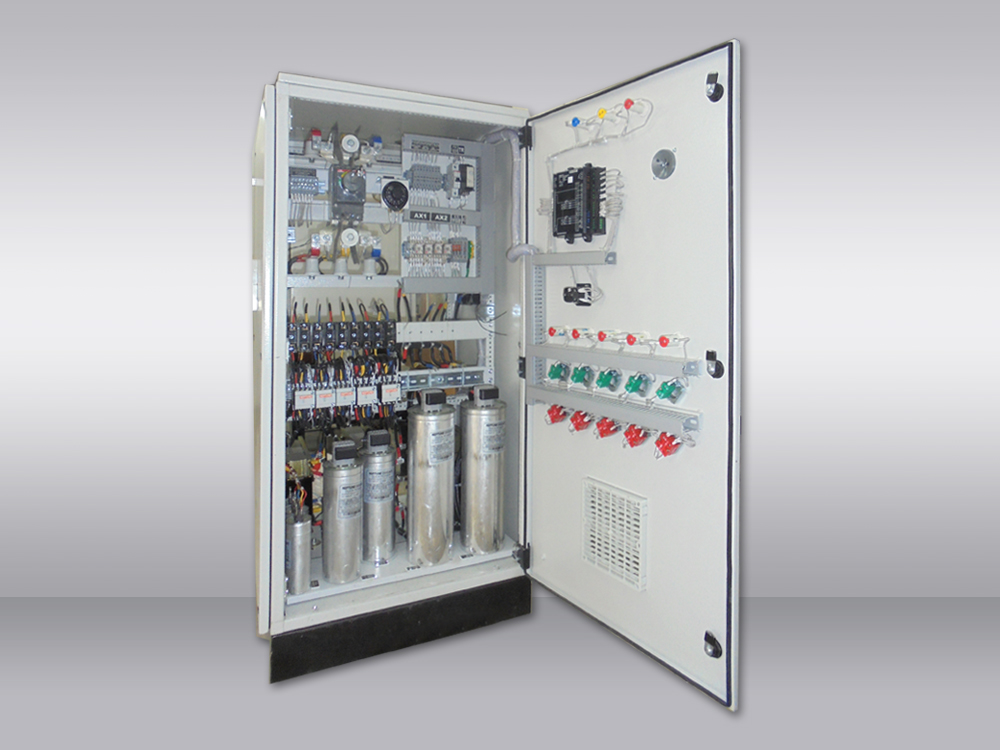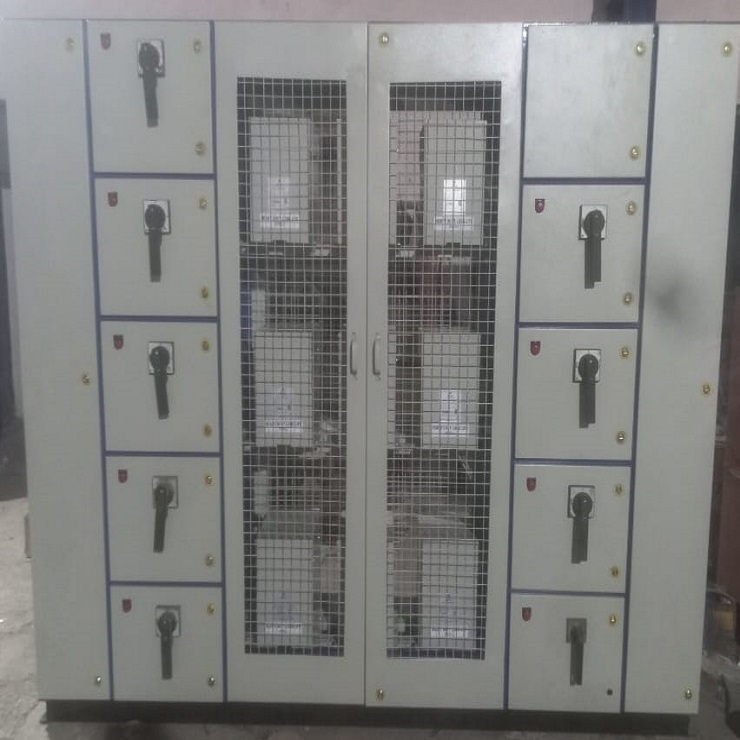APFC Panels
Understanding APFC Panel and Its Benefits
What is an APFC Panel?
An Automatic Power Factor Correction (APFC) Panel is a key component in electrical systems that helps manage and maintain the power factor of the connected load. It is designed to automatically measure the power factor of the load and then switch the capacitors in and out to maintain the desired power factor.
How Does an APFC Panel Work?
The APFC panel works by continuously monitoring the power factor of the load and adjusting the connection of capacitors to ensure that the power factor remains at the desired level. This helps in improving the power factor of the system, leading to reduced energy consumption and improved efficiency.
Benefits of Using an APFC Panel
Using an APFC panel offers several benefits, including:
Energy Savings: By optimizing the power factor, an APFC panel helps in reducing energy consumption, leading to cost savings.
Improved Efficiency: Maintaining a balanced power factor leads to improved efficiency of the electrical system, resulting in better performance and reduced losses.
Compliance: Many utility companies require customers to maintain a certain power factor level, and using an APFC panel helps in meeting these requirements.
Reduced Penalties: Maintaining a good power factor helps in avoiding penalties imposed by utility companies for poor power factor performance.
Equipment Protection: A balanced power factor also helps in protecting electrical equipment from damage and premature failure.
Importance of APFC Panels in Industrial Settings
In industrial settings, where large and fluctuating loads are common, the use of APFC panels becomes crucial. These panels ensure that the power factor is optimized, leading to better energy management and cost savings.
Conclusion
In conclusion, APFC panels play a vital role in maintaining a balanced power factor, leading to energy savings, improved efficiency, and compliance with utility regulations. Understanding the benefits of APFC panels can help businesses make informed decisions about integrating them into their electrical systems.

